Trees hold special meanings across various cultures and have been known for their association with life, longevity, and omens. Throughout history, cultures worldwide have believed the idea of certain trees as carriers of symbolism. These trees are easily recognizable by their unique features.
We will find the stories and beliefs that have made these symbolic trees stand out in symbolism. Trees are not only important for life, but their meanings in different cultures and traditions matter equally.
It is important to know about all those meanings that trees have in people’s hearts, and immortality and omen are among them.
So, let’s see which tree is the symbol of immortality and omen.
1. Yggdrasil, the World Tree in Norse Mythology
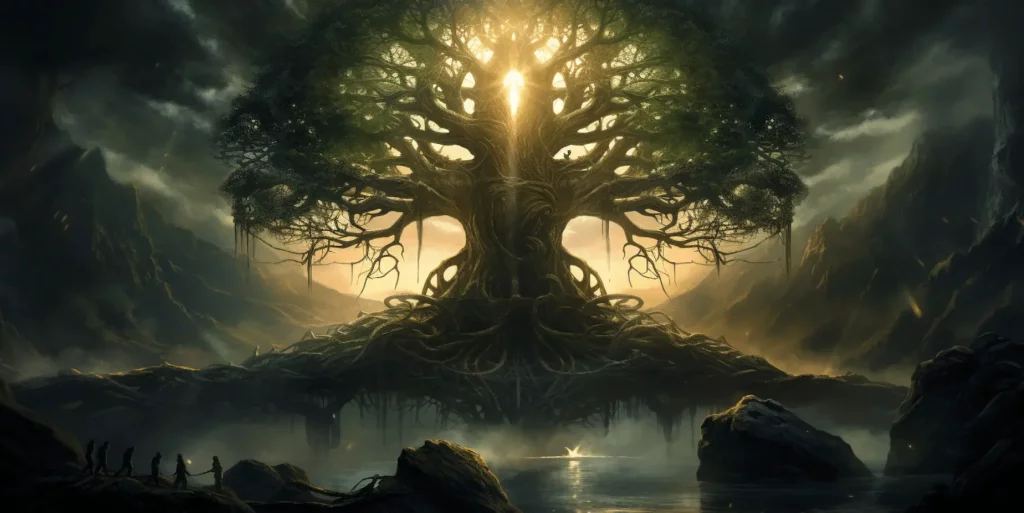
Yggdrasil is super big and has lots of connections. It’s like a giant web of life, fate, and order in Norse belief. It has three roots that go into different places. One goes to Hell, where dead people go. One goes to Jotunheim, where giants live, and one goes to Asgard, where the gods are.
These roots get their power from three special wells. The Well of Fate, Mímir’s Well of Wisdom, and Hvergelmir, which is the source of all rivers. Yggdrasil uniquely shows the idea of immortality. It doesn’t offer eternal life in the traditional sense, but rather, it symbolizes the cyclical nature of existence.
It teaches us that life and death are connected, and one can’t exist without the other. In this way, Yggdrasil isn’t just a tree; it’s a deep philosophy that allows us to accept that we all must pass away as part of the big cycle of life.
2. The Bodhi Tree Enlightenment in Buddhism
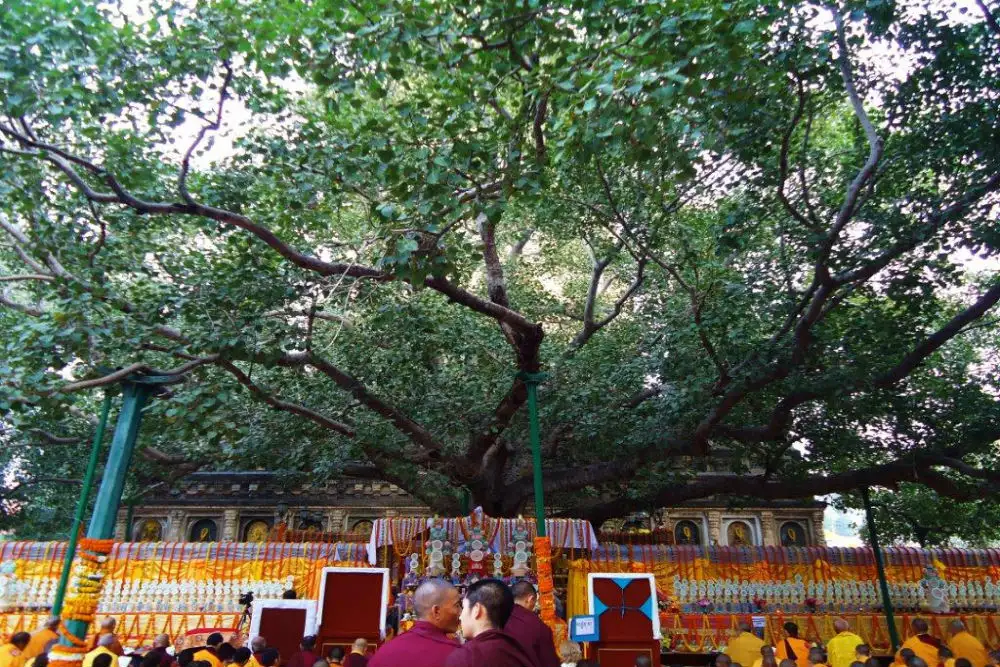
Now, in the East, where we find the Bodhi Tree. It played a big role in the life of Siddhartha Gautama, who later became the Buddha. Siddhartha became known under this tree, which means he woke up to something special.
For Buddhists, this tree is like a sign of becoming spiritually awake forever. It shows that you can go beyond all the problems in the world and reach a state where you don’t have to be born or die anymore.
It’s similar to when the leaves on the Bodhi Tree move in the wind, and not knowing in which direction life will take them.
3. The Olive Tree: A Symbol of Immortality and Peace
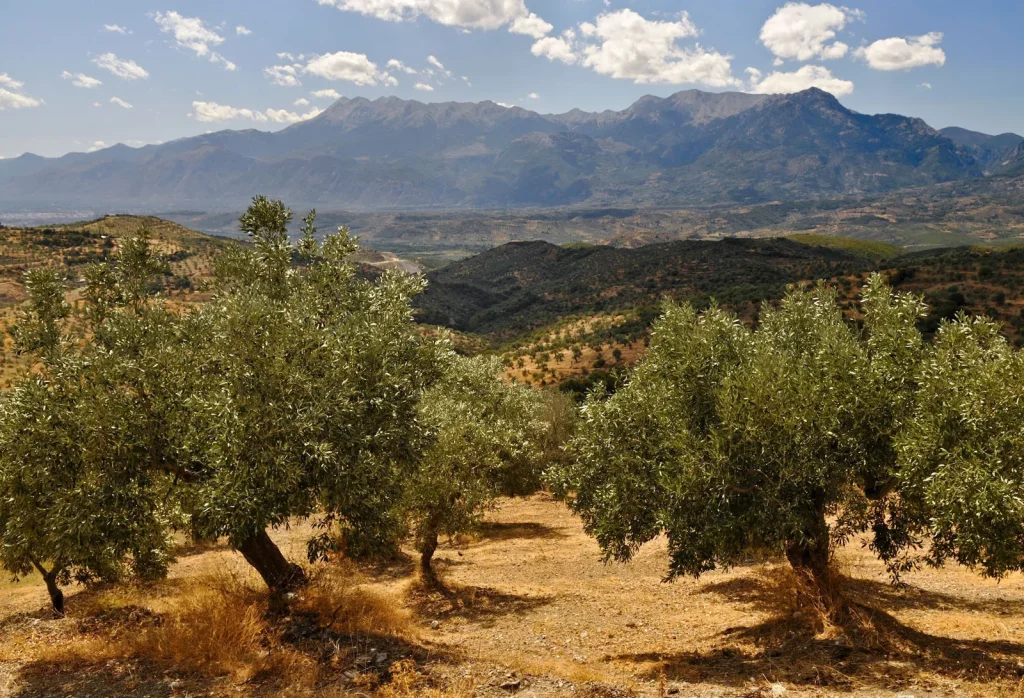
In the Mediterranean, the olive tree holds a special meaning, representing both never-ending life and peace.
Its strong, twisted branches have stories from ages ago, and its fruit gives us valuable olive oil, which is helpful for healing. The olive branch symbolizes peace and makes us aware of life.
It had deep beliefs in ancient Greek stories, where it meant peace and making up after a fight, adding even more meaning to it. The olive tree shows us that life can keep going, even when things get tough and there’s fighting.
4. The Cypress Tree: An Omen of Death and Immortality
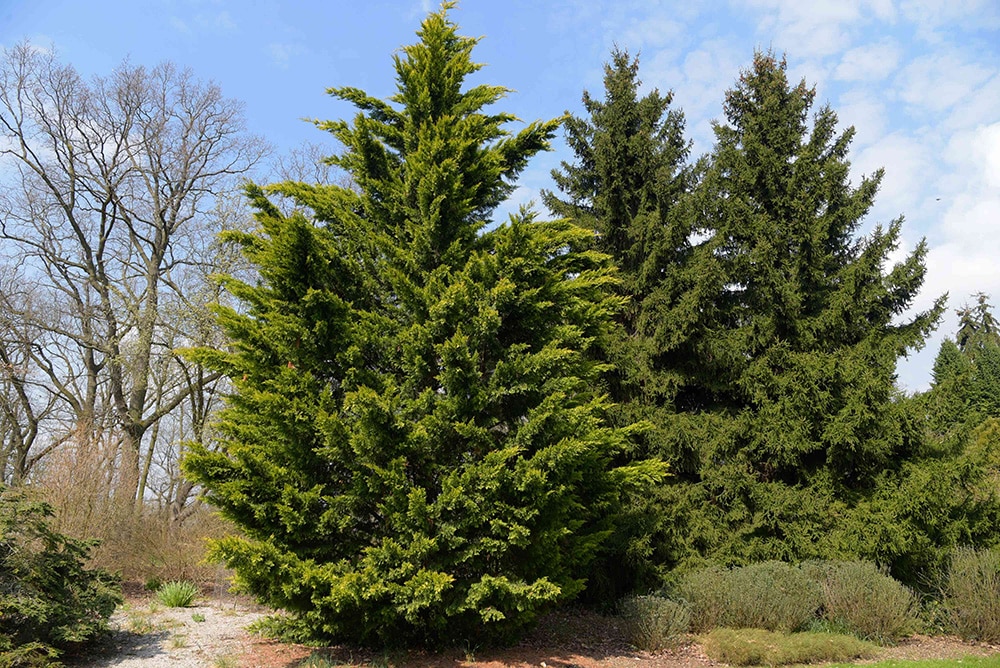
Unlike the olive tree, which is usually seen as a symbol of good things, the cypress tree is something different. People often think of it as a sign that something bad might happen, especially when it’s in a graveyard or a place where we remember people who have passed away.
But there’s more to it than that. When we see the cypress tree as a sign of something bad, it reminds us that death is a natural part of life. It shows us that life goes on somehow, even after someone has died.
So, when we see a cypress tree, we can find comfort in the idea that life continues even after we’re gone.
5. The Baobab Tree Immortality in the African Savannah
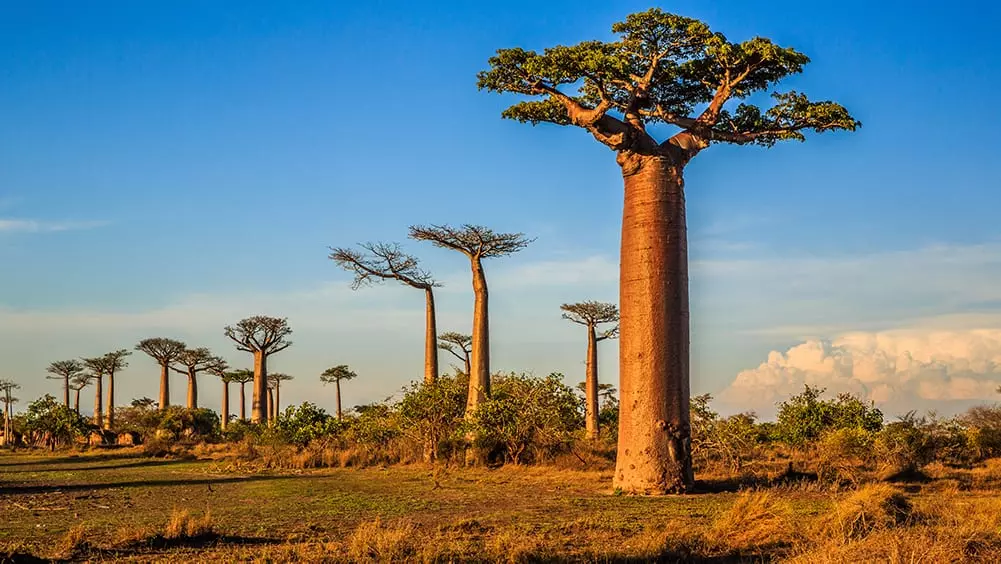
In the African savannah, there is the strong Baobab tree. It has a huge, bottle-shaped trunk and can live for thousands of years.
In African stories, the baobab is like a symbol of never-ending life. This old tree gives food and is also a place where people meet. It can survive even in the toughest conditions, showing how strong life can be.
The baobab teaches us that being immortal doesn’t mean just living a long time. It means leaving something good for the next generations.
6. The Tree of Life: A Universal Symbol of Immortality
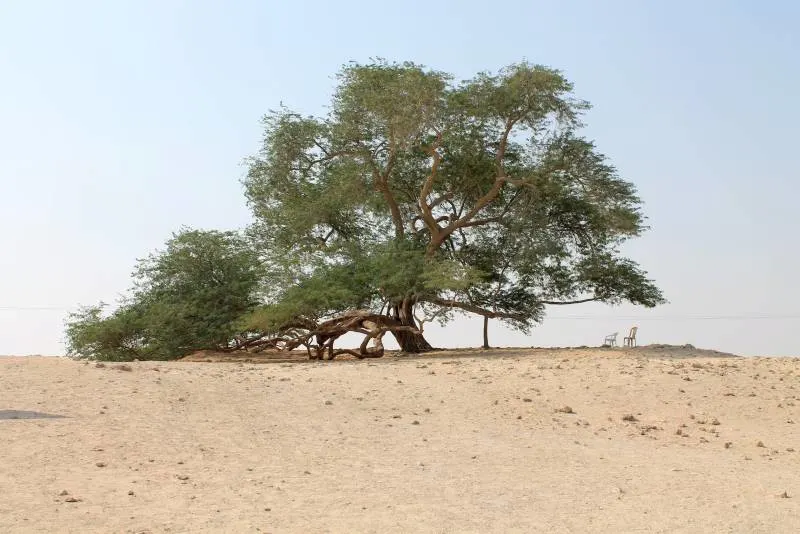
In different places around the world, people have a special idea called the Tree of Life. It doesn’t matter if it’s the holy tree in India, the acacia tree in Egypt, or the ceiba tree of the Mayans; all these trees mean the same thing – they stand for living forever and being connected.
The Tree of Life reminds us that every living thing is part of a big plan. We’re all connected, even if we can’t see it. It shows us that living forever isn’t just about one person; it’s about all of us working together to keep life going strong.
Conclusion
Among all the trees, the tree that represents immortality and serves as an omen is the oak tree. This tree has been a symbol of everlasting life for many ancient cultures throughout history. Its strong presence in forests and landscapes has made it a memorable tree.
The oak tree’s tough branches and deep-rooted trunk signify strength and connectivity. Its long lifespan, sometimes reaching hundreds of years, gives us the idea of immortality. People have often looked to the oak as a sign of hope and continuity in facing challenges.
So, keep the meanings of all these trees in your heart and respect all the beliefs about these trees.

